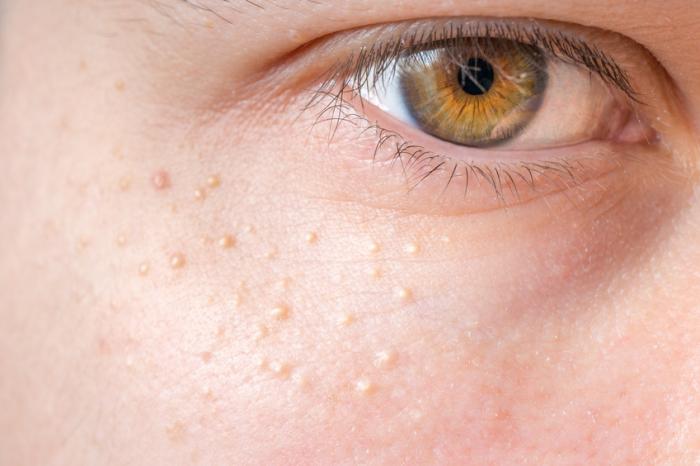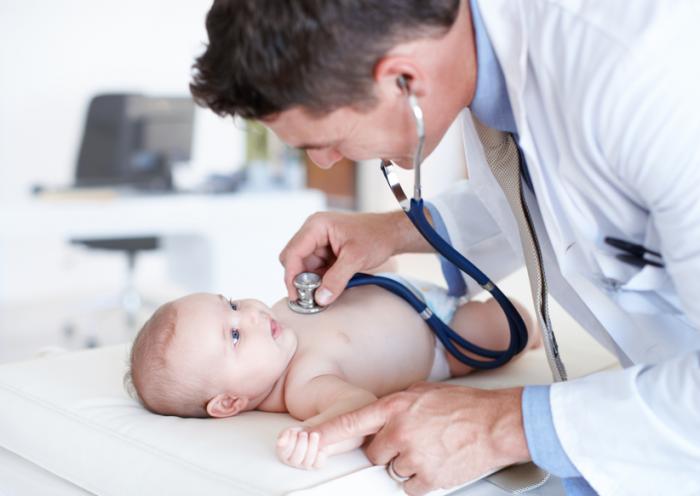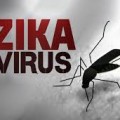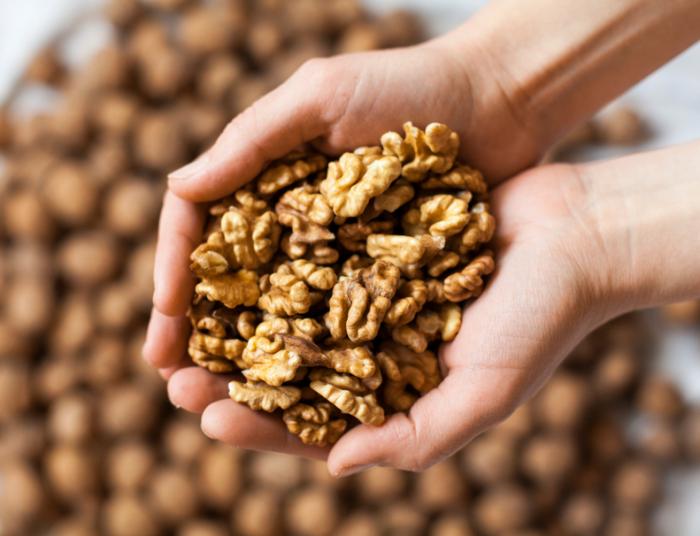A newborn baby’s skin will undergo many changes as the baby ages. One of these changes can be the appearance of milia. Milia are small bumps that commonly develop on a newborn’s nose, chin, forehead, or cheeks.
Milia tend to be around 1-2 millimeters in size. They can also sometimes appear on the upper trunk, limbs, penis, and mucous membranes. At times, they can be present in the mouths of some newborns and are referred to as Epstein pearls.
While milia may be an alarming finding for new parents, they are normal and typically nothing to worry about.
Milia are most often seen in newborns, affecting up to 50 percent of them. The condition can affect people of all ages, however.
Fast facts on milia
Here are some key points about milia. More detail and supporting information is in the main article.
- Milia tend to go away within 1 month of appearing on a baby’s skin
- Milia can appear in some adults after an injury or taking certain medications
- In older age groups, milia can appear similar to other skin conditions
Contents of this article:
- What are milia?
- Symptoms of milia
- Diagnosis and treatment
What are milia?

There are a few types of milia that can also affect adults
Milia appear as the result of a skin protein called keratin being retained in the skin. They appear as small pearly white or yellow bumps on the surface of the skin.
A newborn baby may develop this condition due to oil gland development and lack of normal skin shedding. The condition will often go away within a month. In some cases, however, it can last until the child is up to 3 months of age.
There are two types of milia:
- Primary milia: This condition occurs in those who have normal and healthy-looking skin
- Secondary milia: This condition occurs in people who have another skin condition
Milia do not only affect newborns and infants. Other forms of milia that can affect adults include:
- Primary milia: This form of milia affects both adults and children. Primary milia commonly appear on areas of the body such as the eyelids, cheeks, forehead, and genitals. This form of milia can last from weeks to months in duration.
- Juvenile milia: Present at birth or beyond, this form of milia is most commonly linked with a range of medical and genetic conditions. Conditions linked with juvenile milia include basal cell nevus syndrome and Gardner syndrome.
- Milia en plaque: This form of milia most commonly affects middle-aged women, though it can be found in children and other adults. Milia en plaque typically presents itself on the eyelid, behind the ears, and on the face in areas such as the cheek and jaw. Milia en plaque can also be associated with other medical conditions, such as lupus.
- Multiple eruptive milia: This form most commonly affects the face, upper arms, and upper portion of the trunk. Multiple eruptive milia are groups of several milia and may produce symptoms of itching.
- Traumatic milia: This form of milia can occur after a traumatic injury, such as some burns and blistered rashes. The milia appear during the skin’s healing process.
- Drug-related milia: Drug-related milia can occasionally occur in some people after the use of certain medications on the skin. These medications include corticosteroid creams, hydroquinone, and 5-fluorouracil.
Risk factors and complications
Primary milia typically occur in around half of all newborns. The condition is not a concerning finding in most cases.
Parents should speak with their child’s doctor if the symptoms appear concerning to them, or for reassurance that this is a normal finding.
Symptoms of milia
Primary milia in infants typically appear as 1-2 millimeter bumps around the nose, eyes, cheeks, chin and forehead. They can also appear on the trunk, legs, arms, penis, and mucous membranes.
Milia can occasionally be seen in the mouths of infants and are called Epstein pearls in this event. Sometimes, milia can be present with other skin conditions such as baby acne.
In other age groups, milia can appear similar to several other skin conditions. These include certain moles and cancers, as well as the following:
- Cysts: Fluid-filled nodules
- Comedones: Skin-colored papules seen in acne
- Xanthelasma: Lesions containing a buildup of fat within the body’s immune cells, which is sometimes associated with high cholesterol levels
- Syringomas: Benign sweat duct tumors
- Seborrheic keratosis: Warty spots commonly associated with aging
Diagnosis and treatment
A child’s doctor can diagnose milia with a physical examination, and there are no tests for the condition.

When in doubt, seeking medical attention is always recommended.
In most cases, milia go away over time. In some cases, however, doctors can recommend treatment. In certain cases, a skin biopsy may be recommended to tell the difference between milia and harmful skin conditions.
Regular skin care is recommended for babies. This includes daily face washing with warm water and gentle baby soap, patting their skin dry, and avoiding the use of lotions or oils.
The Mayo Clinic recommend that milia bumps are left alone and not pinched or scrubbed to avoid infection.
Parents should speak with their child’s doctor if they have any concerns about the appearance of their child’s skin, the presence of a rash, or any other questions.



